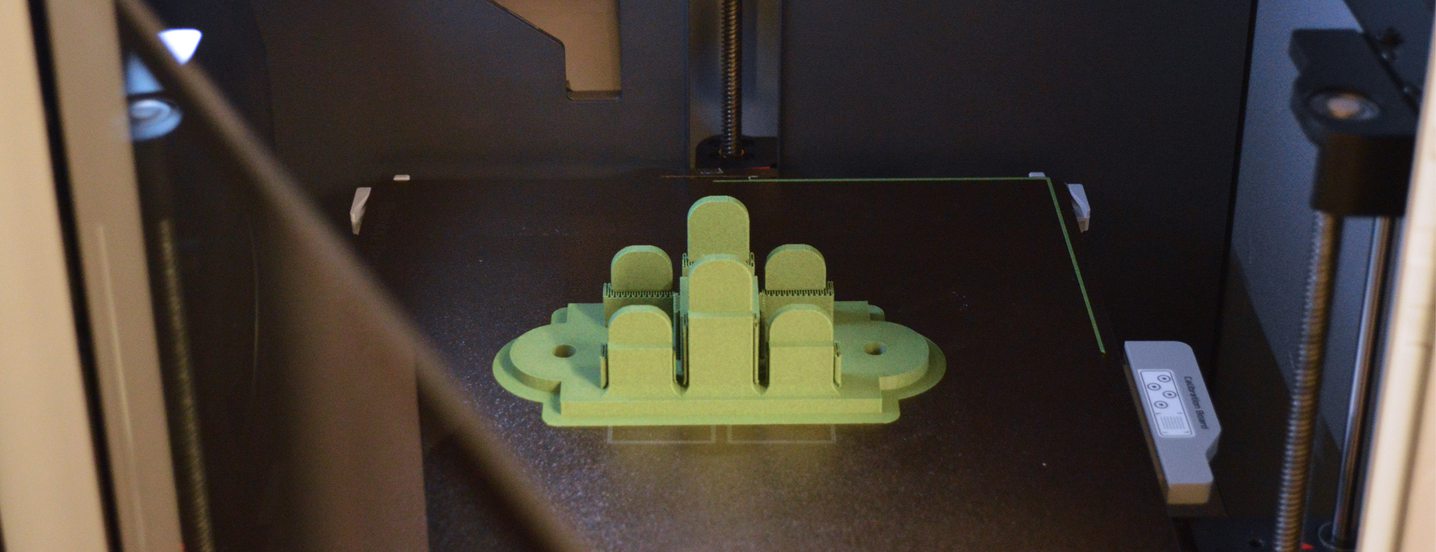The revolution of 3D printing.
In the world of design and technology, the rise of 3D printers has revolutionized the industry. Design agencies, like us, are embracing these advanced technologies in their daily work, taking advantage of the benefits but also being aware of the pitfalls of 3D printing.
First, let’s take a look at the benefits of 3D printing:
- Faster prototyping
3D printers enable designers to create prototypes quickly and cost-effectively. This speeds up the iteration process, allowing products to be brought to market faster. - Design freedom
The ability to print complex geometries opens the door to unprecedented design freedom. Design agencies can create innovative and unique products that were previously difficult or impossible to realize - Customization
3D printing enables large-scale customization. Designers can customize products to meet specific needs and requirements, which is especially relevant for personalized products or industrial applications. - Cost savings
Although the initial investment in a 3D printer can be high, it can provide significant cost savings in the long term, especially in the prototyping and production process.

However, there are some pitfalls of 3D printing that you as a designer should be aware of, such as:
- Material selection
The choice of materials for 3D printing is limited compared to traditional manufacturing methods. This can affect the physical properties and durability of the final product. - Printing time
Depending on the complexity and size of the design, the 3D printing process can take a significant amount of time, which can affect the speed of the development process. - Post-processing
After printing, manual post-processing, such as sanding or polishing, may be necessary to achieve the desired end result.
Practical and fun applications
In addition to professional use, 3D printing also offers the possibility of practical and fun applications in everyday life. From functional tools to personalized gifts, the diversity of printable objects is endless. Think of phone holders, household gadgets, and even personalized jewelry.
Use this technique to make your designs more sustainable.
A brief explanation of the phenomenon Design For (Dis)Assembly.
Test, test, and test!
The importance of validating your designs and how to do this.